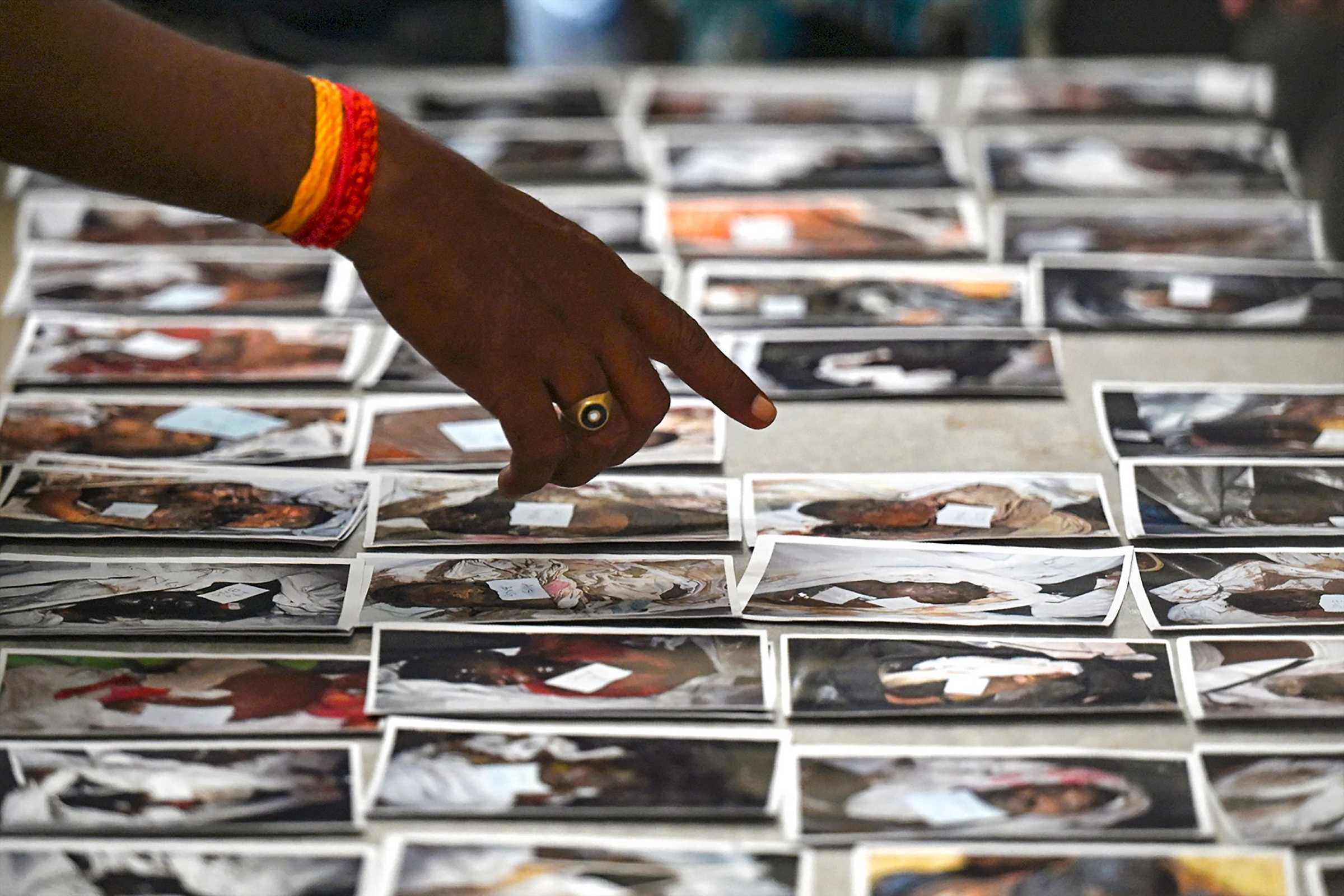As India reels from one of its worst train disasters in two decades following a collision on Friday in Balasore, Odisha that killed at least 275 people and injured hundreds more, concerns are mounting over the safety of the country’s railways.
Experts tell TIME that while the Indian government has ramped up spending on railways in recent years, that money has mostly gone toward speed and comfort in the form of new trains. They say that more needs to be done in particular to improve the safety of thousands of older trains that are still in use in India, which has one of the world’s most extensive railway systems.
“Indian trains run on mixed tracks with both passenger and goods trains running on the same track,” Srinand Jha, a railways expert from the International Railway Journal, tells TIME. “The lines are mostly over-utilized and clogged, and because of this, the time available to carry out routine maintenance activity has been shrinking.”

Minister of Railways Ashwini Vaishnaw has not confirmed the exact cause of the collision in Balasore, which saw the Coromandel Express passenger train veer off track and hit a parked freight train, and then plow into the Yesvantpur-Howrah Superfast Express passenger train headed in the opposite direction.
But “what is known is that the incoming signal to the station was green, indicating that the train could come at maximum speed and go through the main line,” says G. Raghuram, a railways and infrastructure expert in Bangalore.
Concerns about signal malfunctions had been expressed elsewhere in India earlier this year.
In February, Hari Shankar Verma, a railways manager, wrote a letter to the government about a “serious unsafe” train incident that occurred at the Hosadurga Road Station in the south Indian city of Mysore, where a head-on collision was prevented after a train driver brought the train to a halt after noticing a false green signal. “The incident indicates there are serious flaws in the system … this contravenes the essence and basic principles of interlocking,” Verma wrote in his letter, which was obtained by TIME.

“The present incident must be viewed very seriously and immediate corrective actions are required to be taken to rectify the system faults and also sensitize the staff for not venturing into shortcuts leading to major mishap,” the letter further stated.
In recent years, Prime Minister Narendra Modi’s government has invested nearly $30 billion in the railways by manufacturing semi-high-speed trains, modern coaches and locomotives, and redeveloping the stations—part of a broader upgrade to transport infrastructure across the country in a bid to create a $5 trillion economy by 2025. Last year, Modi unveiled the new trains by announcing that “a nationwide campaign is underway to transform railways.”
But Jha says that these “big-ticket railway projects” have also led to an increase in rail travel and, in turn, a bigger need to improve the system through track maintenance and better signaling systems. “These aspects deserve greater attention,” he says.
A report last year by India’s auditor general found that spending on basic railways maintenance had fallen since 2017, leading to serious lapses in safety.

What happens next?
On Monday, Vishal Tiwari, a lawyer in the Supreme Court, filed a legal petition advocating for an independent expert committee that would conduct a “time-bound probe into the accident.”
“Our petition is not only to investigate the train accident but also to strengthen the railway system through a review of risk and safety parameters in the railways,” Tiwari says. “It’s clear that judicial intervention is needed for transparency and impartiality so that such accidents do not happen due to the gross negligence of any government-run systems.”
Meanwhile, a new homegrown anti-collision technology unveiled in March called the Automatic Train Protection System, or KAVACH (“armor” in Hindi), could help prevent future accidents. “Had the device been on the train, this would not have happened,” Mamata Banerjee, a former railway minister and opposition leader, told local media.

While India’s Railway Board is currently investigating the accident, it has also recommended that the Central Bureau of Investigations—which investigates high-profile cases including fraud and corruption—take over the probe.
India has a poor record when it comes to rail safety, though the number of deaths from train accidents has declined steadily in recent years. In 2021, more than 16,000 people were killed in nearly 18,000 railway accidents, according to the National Crime Records Bureau, which collects and analyzes crime data in India. But in the last two years, India recorded zero passenger deaths.
The vast majority of these deaths were caused by people either falling off trains or getting run over by them, rather than a train collision similar to the one that occurred in Odisha on Friday. That has prompted some to say that a wider focus on safety, beyond derailments, must be prioritized.
- Elliot Page: Embracing My Trans Identity Saved Me
- How Safe Is India's Railway Network?
- The 'Dopamine Detox' Is Having a Moment
- Column: How the World Must Respond to AI
- What the Debt Ceiling Deal Means for Student Loan Borrowers
- LGBTQ Reality TV Takes on a Painful Moment
- What NASA Can Teach SpaceX About Protecting the Environment
- The Best Movies of 2023 So Far
"network" - Google News
June 06, 2023 at 01:32AM
https://ift.tt/0oHk9yY
How Safe Is India's Railway Network? | Time - TIME
"network" - Google News
https://ift.tt/EkC6DZ0
Shoes Man Tutorial
Pos News Update
Meme Update
Korean Entertainment News
Japan News Update

No comments:
Post a Comment